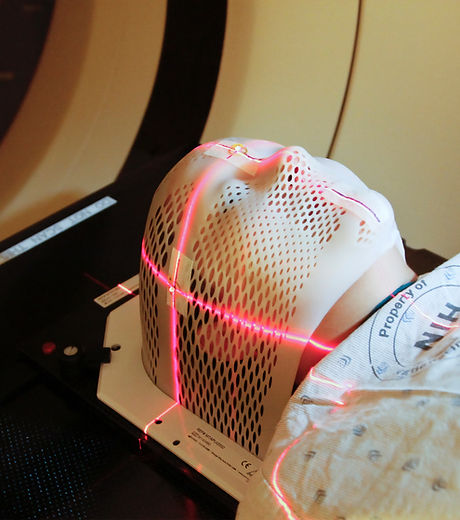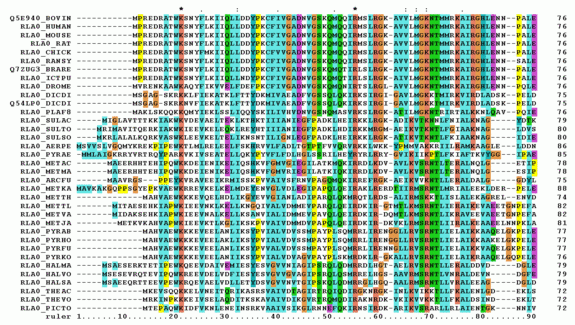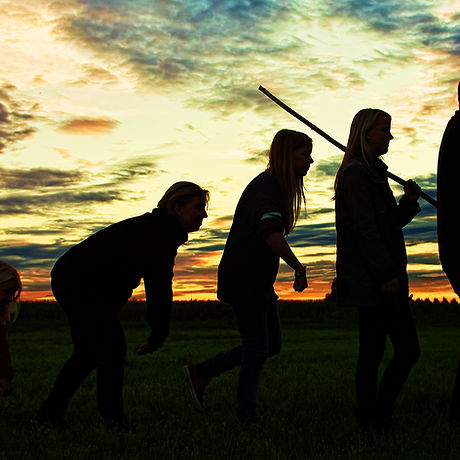Personal Home Page
COURSE NOTES
I upload the personally made course notes for some of the courses I took during my undergraduate study at the University of Waterloo. Subjects include AMATH, BIOL, CHEM, CS, PHYS, MATH, and MUSIC. This does not cover all the courses I have taken at UW as some of the non-digital notes I took are not uploaded. I do not make any warranties about the completeness, reliability, and/or accuracy of this set of notes.

AMATH/BIOL 382: COMPUTATIONAL MODELLING OF CELLULAR SYSTEMS
This is a cross-listed course between AMATH and BIOL. It focuses on using ODEs to model and design a variety of cellular systems. If you like system biology, you will for sure enjoy this course. The note is a quick reference sheet of some important equations studied in class.
(Image source: Nature)

BIOL 373: PRINCIPLES OF HUMAN PHYSIOLOGY 2
This course is a continuation of BIOL 273 (which unfortunately I do not have the digital notes available). It discusses some important human systems including the CNS, the digestive system, the endocrine system, and the excretory system. This course note is made together with my friend Yolanda Tu.

BIOL 376: CELLULAR NEUROPHYSIOLOGY
This course introduces the concept of neurophysiology from a cellular perspective by using physical equations. If you are interested in neuroscience I would strongly recommend you take it - it is not easy but very very interesting. This course note is made together with my friend Yolanda Tu.

PHYS 233: INTRODUCTION TO QUANTUM MECHANICS
This is an introductory course to quantum mechanics. It provides a basic understanding of probability, uncertainty, and expectation values in quantum mechanics using quantum vectors and operators, wavefunctions, and Schrodinger's Equation. If you are interested in physics, consider trying it - it is not too bad and it serves as a great survey course of the main important ideas in QM!
(Image Source: Wikipedia)

PHYS 383: MEDICAL PHYSICS
This course provides an introduction to the key ideas in medical physics, include radiation interaction with matter, CT imaging, radiation biology, radiotherapy methods, and radiation safety. Overall this is a very practical course as this course is taught by medical physicists in Grand River Hospital.

PHYS 395: BIOPHYSICS OF THERAPEUTIC METHODS
This course has a lot of overlaps with PHYS 383, but it goes into more details about the molecular mechanisms of cancer treatments rather than the application of such treatments in a clinical setting. If you are interested in radiobiology, I would recommend you to take both.
(Image Source: Nature)



















